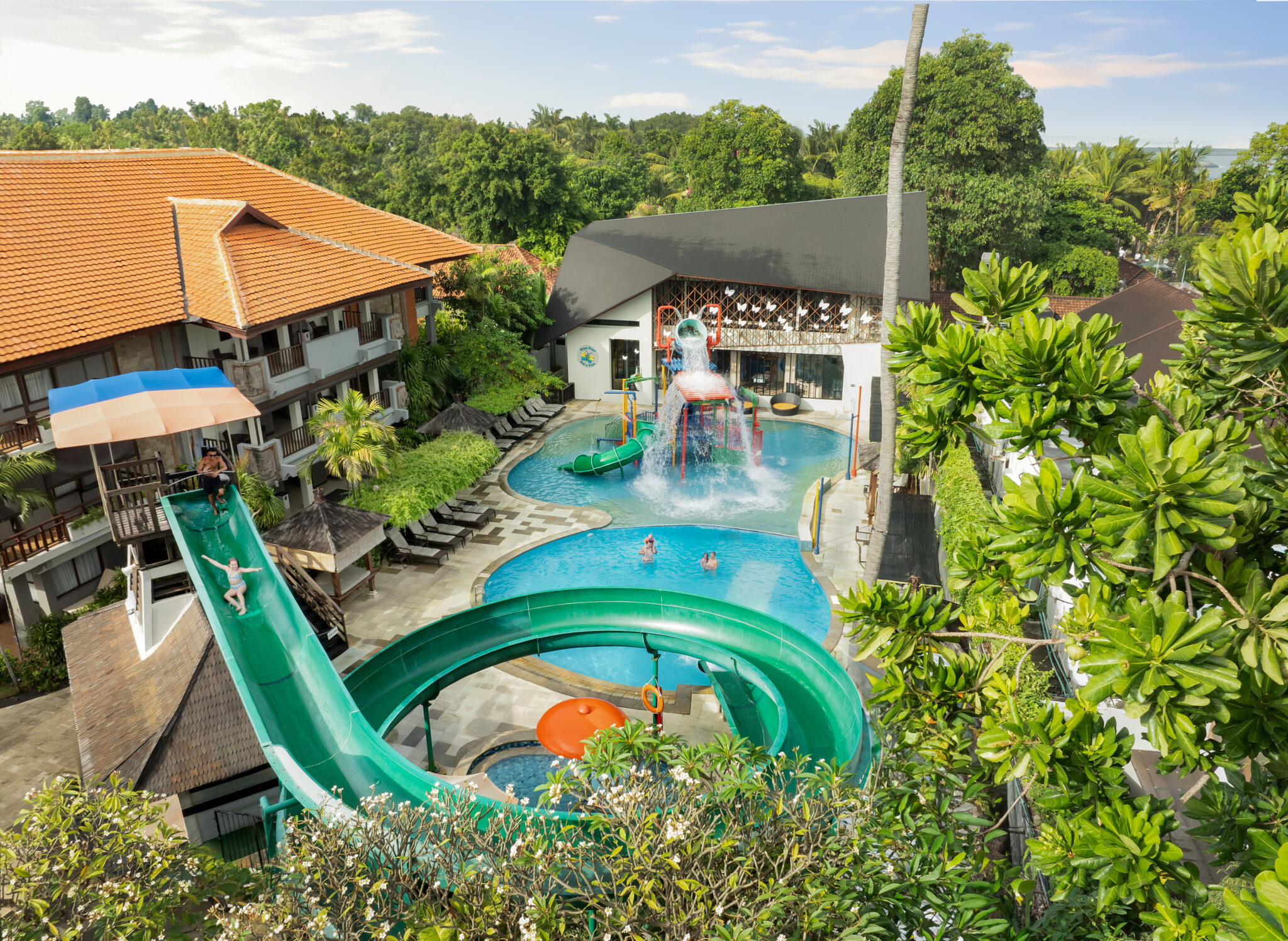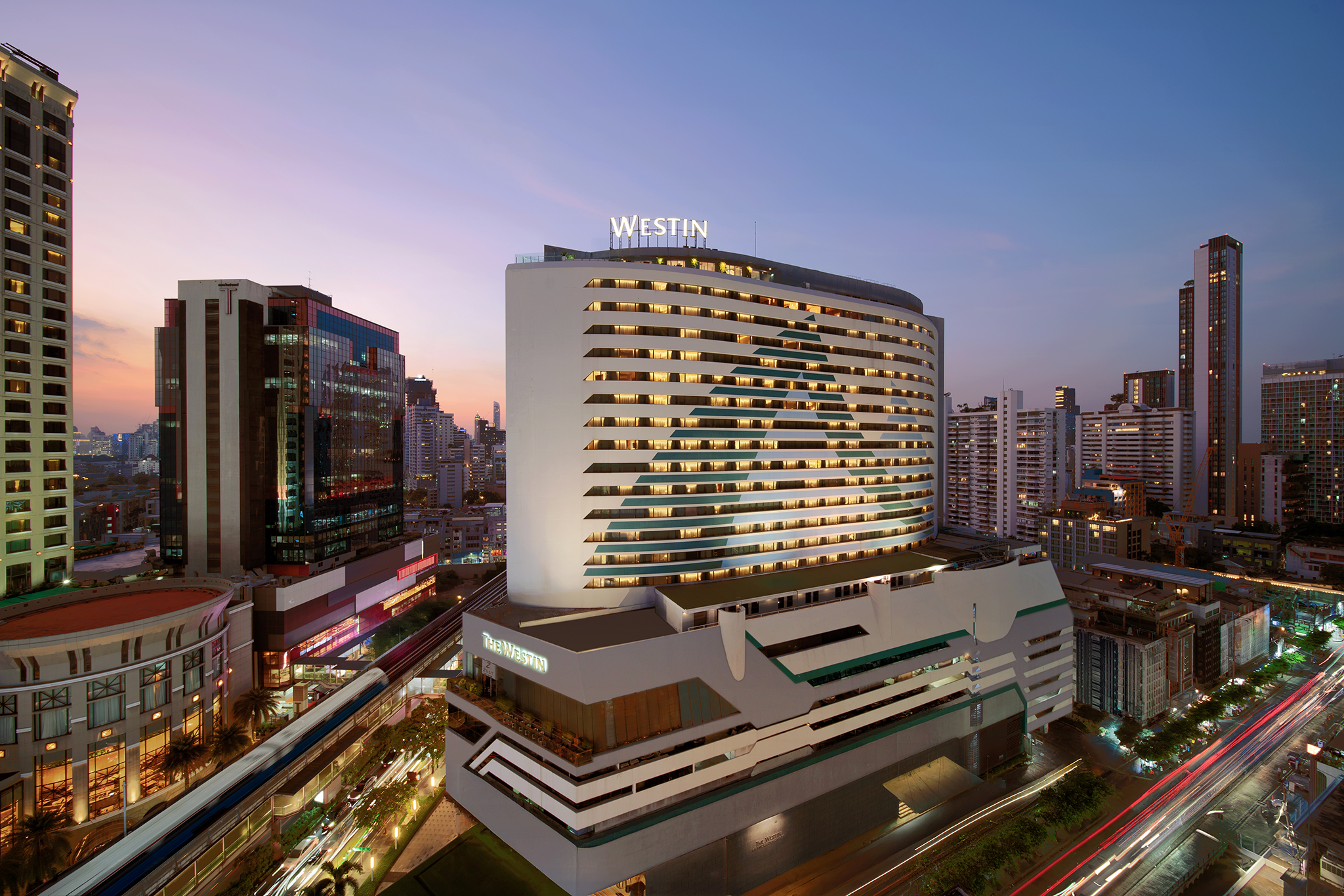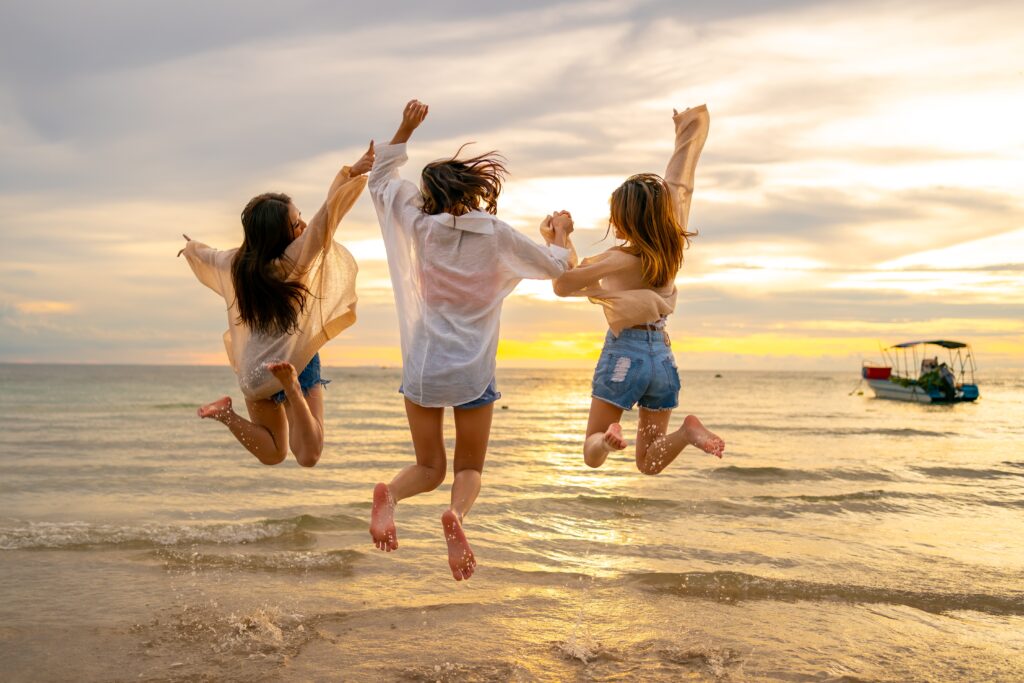Overview: Indonesia
The Republic of Indonesia is a country located in Southeast Asia and Oceania, between the Indian and Pacific oceans and is part of the volcanic Ring of Fire. In fact, if you like volcanoes you will see many of them as you travel throughout Indonesia.
Indonesia consists 17,504 islands, of which 6,000 are inhabited. These include the largest islands of Sumatra, Java, Borneo (Kalimantan), Sulawesi, and New Guinea (Papua).
The most popular island for holidaymakers is Bali, often referred to as the Island of the Gods, which is just east of Java.
Indonesia is the world’s largest island country. With over 267 million people, it is also the world’s 4th-most-populous country as well as being the most-populous Muslim-majority country.
Although Islam is that country’s largest religion, you will be surprised by the variety of religions and cultures which exist harmoniously in Indonesia.
In fact, Indonesian are very friendly and do warmly welcome visitors.
Indonesia consists of hundreds of distinct native ethnic and linguistic groups, with the largest one being the Javanese.
For travellers, Indonesia offer a plethora of experiences. Everything from just soaking up the sun on a beach, or enjoying the hectic pubs and clubs of Kuta in Bali, to indulging in superb diving right throughout the archipelago, surfing, visiting some tremendous cultural sites, trekking through dense jungles to see Orang-utans in their pristine environment, enjoying their fantastic cuisine, shopping for bargains in ultra-modern shopping malls or at local markets, or just admiring some of the most amazing views you will see anywhere.
The official language is Bahasa Indonesia, but there are also dozens of local languages and dialects. English is also widely spoken.
The currency is the Rupiah.
Travelling to and around the country

The most common way to enter Indonesia is to arrive by air. Indonesia’s busiest airport is Soekarno–Hatta International Airport in Jakarta on Java, followed by Ngurah Rai International Airport in Denpasar, Bali. Third busiest is Juanda International Airport in Surabaya, also on Java. Next is Sultan Hasanuddin International Airport in Makassar on the island of Sulawesi. The fifth busiest airport is Kualanamu International Airport in Medan, on Sumatra.
Garuda is the official national airline, and it has many international and domestic routes. Air Asia Indonesia operates domestic and international flight routes. Lion Air is Indonesia’s largest private airline both it and its subsidiary Batik Air fly both international and domestic routes too.
Cruise ships do also call at several Indonesian ports, particularly Benoa Harbour in Bali.
There are various ways to travel around domestically. Air connections are plentiful, with a number of airlines servicing many islands and cities. These include Citilink Airlines, Wings Air, Sriwijaya Air and Batavia Air, with some other smaller regional airlines operating services in the more remote regions of Indonesia.
Internal airfares tend to be quite cheap. For inter-island travel, there is the Pelni ferry service. Pelni ferries visit practically every inhabited island in Indonesia. Some journeys take just a few hours, whilst you can also embark on lengthy journeys that can take two weeks from beginning to end. PELNI uses European-built boats, which are large enough to deal with rough seas, but they can still be uncomfortably overcrowded during peak seasons.
Overland travel
In busy places such as Bali, Jakarta, or Sumatra there are local bus services, but the easiest way to get around is to hire a driver if you wish to do a tour. I’ve done this may times, and I have my favourite driver in Bali who is also a brilliant guide. For just getting from point A to point B take a taxi or book Grab for local travel. Uber does not operate in Indonesia, and Grab is the local equivalent, if you don’t have a local bank account. You can pay cash using Grab, all you need do is download the app to your phone and it works just like Uber. I have used the local taxis – Bluebird is the most reliable of these, but Grab is cheaper.
If you enjoy train travel, there is a good rail service which links all the major cities in Java, and which offers fabulous views of the countryside. Trains are cheap, comfortable and air-conditioned.
Best Places to Visit
Because Indonesia is so big, too big to discuss in detail here, just click the link to these Indonesian destinations for a more in-depth information.
Java
Sulawesi
Lombok
Top 10 things to do in Indonesia
In such a diverse country it was difficult to make a selection, but here are my choices, in no particular order.
Visit the Komodo Dragons

Komodo Dragons are the world’s longest lizards, growing to over 3 metres in length which live on four islands: Komodo, Flores, Rinca and Gili Motang. They are carnivores and cannibals, eating their own kind. They can eat prey that weighs 80% of their own weight and unlike other animals, they will eat bones and hooves. Komodo dragons have reddish saliva that contains 50 different types of bacteria. They have forked tongue which they use to detect prey by smell. They can locate the prey that is 6 kilometres away. The location of the komodos is within a UNESCO World Heritage Site so you can only visit the dragons on official tours. Itineraries include short cruises to Rinca Island or longer cruises which also visit the island of Flores.
Climb Mt Bromo

Mount Bromo, which stands tall at 2329 m, is the most iconic and the most hiked mountain in Indonesia. Many people start the trek up Mt Bromo, on Java, at about 2 am so they can be on the summit to witness the incredible sunrise. Mount Bromo is still one of the most active volcanoes in the world, and some areas are blocked off from tourists due to its imminent danger. Mt Bromo is located inside the massive Tengger caldera ( a volcanic crater with a diameter of approximately 10km). This is surrounded by a sea of fine volcanic sand.
Walk around the Water Temple in Bali

For over a thousand years, Balinese Hindu worshipers have been drawn to Pura Tirta Empul (Holy Water Temple), whose sacred springs are said to have been created by The God Indra and possess curative properties. The Temple is located in the village of Manukaya. Entering the inner courtyard, you will arrive at the ‘Jaba Tengah’ area which is the main area of the temple. The holy springs here bubble up into a large, crystal-clear pool within the temple and gush out through 30 waterspouts into the two sacred purification pools. Adherents enter the various pools, bathing and purifying themselves in each one, and praying in front of various altars. Just as at other temples and sacred sites around the island, you will need to put on a ‘sarong’ before entering the premises. This is one of the most serene places you will find. Balinese temples are Hindu and places of reflection. The locals don’t mind if you wander around, just don’t walk between them and the altar when they are praying.
Discover Lake Toba

This is the remnant of the largest volcanic eruption in the past 25 million years, and what a fabulous place it is to visit. It is also the world’s largest volcanic lake. This enormous crater-lake consists of an island almost the size of Singapore in its centre. At over 1,145 square km, and a depth of 450 meters, Lake Toba is actually more like an ocean. This is the largest lake in Southeast Asia and one of the deepest lakes in the world. Lake Toba is also home to two ethnic groups of Tomok and Simanindo. Located on the island of Samosir, a highlight is to visit a traditional village which is protected by surrounding barriers of earthen ramparts with bamboo fencing and trees. The village also features many unique and authentic traditional houses, especially from Tomok, which consists of a row of massive wooden houses with striking saddle-shaped thatch roofs made of sugar palm fibre.
Dive in the waters of Raja Ampat

If you love scuba diving or snorkelling, Raja Ampat is magical. Here will find a pristine paradise where Mother Nature and warm friendly people welcome you with all the exceptional wonders in Raja Ampat, the islands-regency in West Papua Province. Raja Ampat is an archipelago comprising over 1,500 small islands, cays, and shoals. Raja Ampat offers amazing aquatic experiences. Home to 9.8 million acres of land and sea, with 540 types of corals, more than 1,000 types of coral fish and 700 types of molluscs. This makes it the most diverse coral reef system in the world. With crystal clear waters and an amazing abundance of sea life, Raja Ampat re-defines underwater discovery.
Relax on one of the Gili Islands

Lombok is just east of Bali and is growing in popularity as it is a lot more casual than its neighbour. Just off the northwest coast of Lombok are the three Gili Islands. These are Gili Air, Gili Meno and Gili Trawangan, which can only be accessed by boat. Automobiles and motorised traffic are prohibited on the islands by local ordinance, so the preferred method of transportation is by foot and bicycle or the horse-drawn carriage called a cidomo. Scuba diving and free diving in and around the Gilis is also common due to the abundance of marine life and coral formations. Gili Air (which means water in the local language) and Gili Meno are very quiet and suitable for families, whereas Gili Trewangan is more of a party island due to its larger number of restaurants and bars. All are magnificent.
See the communal houses in Torajaland

The land of Toraja, is a highland situated in the region of Southern Sulawesi. The Toraja people still practice many ancient rites and many say that they are obsessed with the idea of death, not in a morbid way but as something significant to them. After the person’s death, the body is kept for several years while they save the money for the actual funeral. Tongkonan is the traditional ancestral house. These houses have a distinguishing boat-shaped and oversized saddleback roof and are built on piles. The internal space is small in comparison with the overwhelming roof structure that covers it. Interiors are typically cramped and dark with few windows. The homes are the focus of family identity and tradition, representing the descendants of a founding ancestor.
Be stunned by Borobudur Temple

Located on the island of Java, the magnificent Borobudur temple is the world’s biggest Buddhist monument, an ancient site widely considered to be one of the world’s seven wonders. The temple consists of nine stacked platforms, six square and three circular, topped by a central dome. A marvel of design, the monument is decorated with 2,672 relief panels and 504 Buddha statues. The architecture and stonework of this temple has no equal. And it was built without using any kind of cement or mortar. The temple has remained strong even through ten centuries of neglect. It was rediscovered in 1815, buried under volcanic ash. The restoration took eight years to complete and today Borobudur is one of Indonesia and the world’s most valuable treasures.
Have a stone jumper leap over you on Nias

Nias Island is south of Sumatra, about an hour flight from Medan. Some believe that this island conserves one of the last traces of a Megalithic culture. In the fascinating stone village of Hombo Batu, which reminded me very much of an Incan village, they have a tradition of Stone Jumping. I was told that generations of men and boys would practise the stone jumping as a way of getting over stone walls when attacking villages. This tradition is also a virility ritual for boys in order to proclaim them men. They literally had to jump over a two-metre stone to prove their manhood. Originally this rock had spikes and sharp bamboo reeds on top so it was especially dangerous and led to injuries or even dead. People in Nias perform the Stone Jumping Ceremony as it was done centuries ago. Our small group was taken into a house and dressed in traditional clothes, we were then taken to stand in front of a tall, stone wall. Next thing we know, a young man is leaping well over us, landing on his feet. It was a really impressive display and fantastic athletic feat.
See the rice terraces of Bali

Close to Ubud in the mountains of Bali are some extraordinarily beautiful rice terraces. These are carved into steep hillsides and consist of small paddies, each with built-up mud walls surrounding a flat planting area. Flooding the planting area is the key to successfully growing rice. A system of channels are also built to guide the water into the gardens, and narrow paths connect the terraces. Whilst you will find rice farms just about everywhere in Bali, the ones near Ubud are the most spectacular because of the way they dominate the vista by clinging to precipitous slopes. They are at the best when the rice is just about ready to harvest, a job that is still done by hand.












VFor more visit Visit Indonesia https://www.indonesia.travel/gb/en/home








